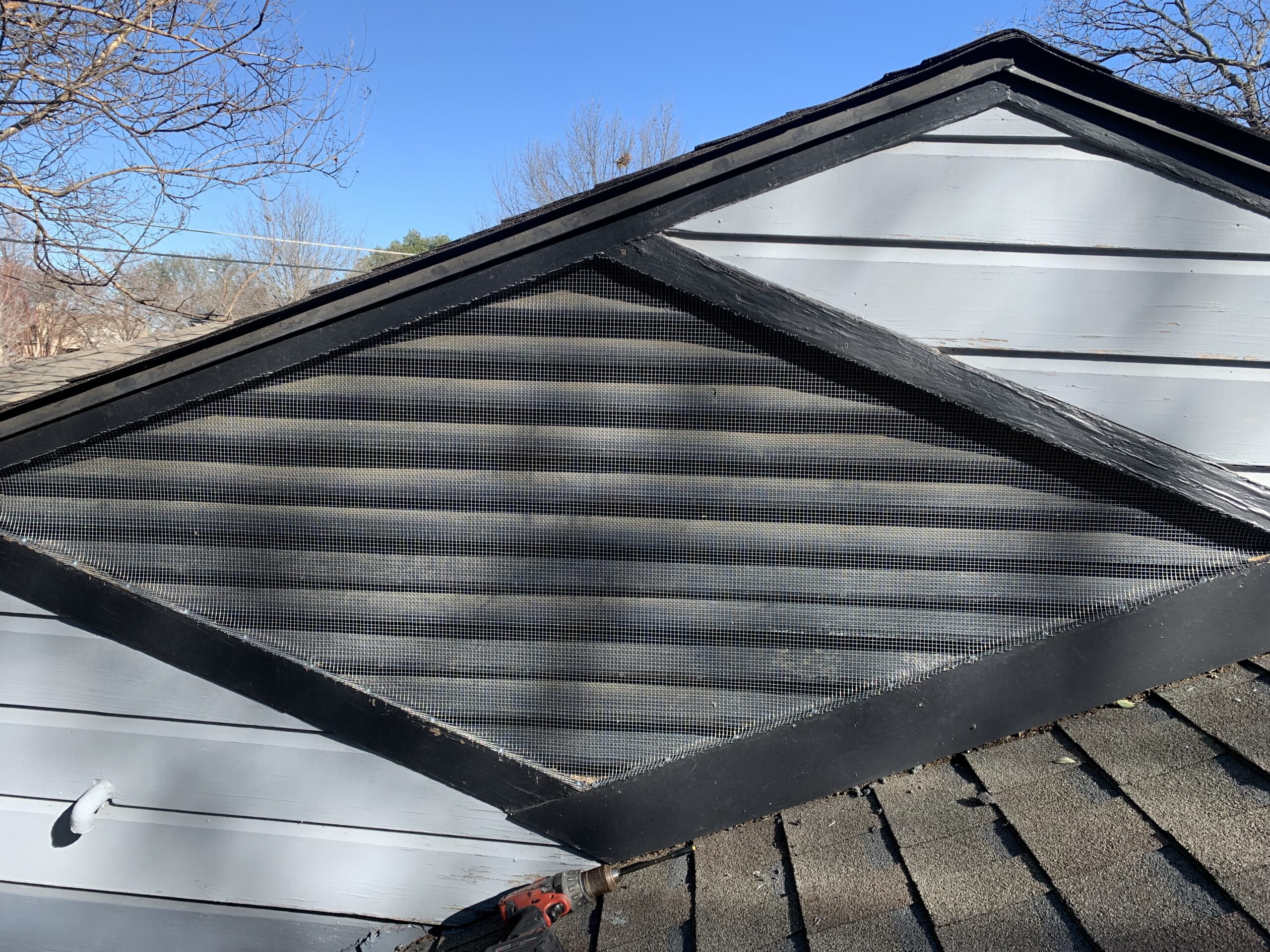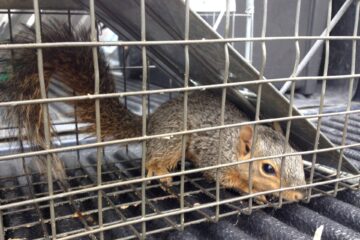Rodents, such as mice and rats, are skilled climbers and can easily access attics, making them a common area for infestations. Rodents in the attic can cause damage to insulation, wiring, and stored items, as well as pose health risks. Taking proactive measures to rodent-proof your attic is crucial for preventing infestations and protecting your home. In this comprehensive guide, we will discuss effective techniques to rodent-proof your attic.
- Inspect for Entry Points:
Start by conducting a thorough inspection of your attic to identify potential entry points. Look for gaps, cracks, holes, or openings where rodents can enter. Pay attention to areas such as:
– Eaves and soffits
– Roof vents and chimneys
– Gaps around pipes, wires, or cables
– Damaged or missing insulation
– Cracks in walls or flooring
- Seal Entry Points:
Once you have identified potential entry points, it is essential to seal them properly. Use the following techniques to rodent-proof your attic:
– Use Steel Wool or Wire Mesh: Stuff steel wool or insert wire mesh into small gaps and cracks. Rodents cannot chew through these materials, preventing them from entering.
– Apply Caulk or Sealant: Use a high-quality caulk or sealant to seal gaps around pipes, wires, vents, and other openings.
– Install Door Sweeps: Install door sweeps at the bottom of attic access doors to create a tight seal and prevent rodents from entering.
– Repair or Replace Damaged Insulation: Repair or replace any damaged or missing insulation in your attic. Rodents can nest in insulation, so maintaining its integrity is crucial for rodent-proofing.
- Ventilation and Screening:
Proper ventilation and screening play a vital role in rodent-proofing your attic. Take the following steps:
– Install Mesh Screens: Install mesh screens over roof vents, gable vents, and attic fans to prevent rodents from entering while maintaining proper airflow.
– Ensure Proper Ventilation: Adequate ventilation helps regulate temperature and moisture levels, discouraging rodent activity. Properly functioning vents reduce the likelihood of rodents seeking shelter in your attic.
- Trim Trees and Vegetation:
Trim tree branches and vegetation that overhang or touch your roof. Rodents can use these as pathways to access your attic. Keeping a clear zone around your home makes it more difficult for them to reach your attic.
- Securely Store Items:
Avoid storing items in cardboard boxes in your attic. Rodents are attracted to nesting materials and can easily shred cardboard. Instead, use plastic storage containers with tight-fitting lids to prevent rodents from accessing and nesting in stored items.
- Maintain Cleanliness:
Keep your attic clean and free from debris. Remove any unnecessary items that can provide hiding places for rodents. Regularly clean the attic to remove dust, food crumbs, or spills that can attract rodents.
- Inspect and Maintain Insulation:
Regularly inspect your attic insulation for signs of rodent activity, such as gnaw marks, droppings, or nests. If you notice any signs of rodent intrusion, take immediate action to address the infestation and repair any damage.
- Professional Assistance:
If you are unsure about identifying or sealing entry points or if you have a persistent rodent problem, consider seeking professional assistance. Pest control professionals, like Red Rover Rodent Removal, have the expertise, tools, and knowledge to conduct thorough inspections and implement effective exclusion techniques specific to your attic.
Rodent-proofing your attic is essential for preventing infestations and protecting your home. By inspecting for entry points, sealing gaps and cracks, ensuring proper ventilation, trimming trees and vegetation, securely storing items, maintaining cleanliness, inspecting and maintaining insulation, and seeking professional assistance when needed, you can effectively rodent-proof your attic. Taking proactive measures will help keep rodents out of your attic and safeguard your home from damage and health risks associated with rodent infestations.




